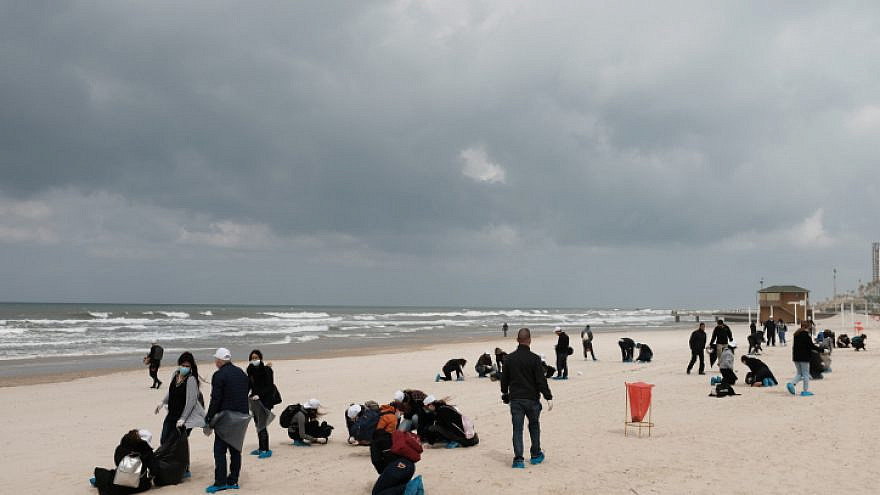Why did 1,200 tons of sticky tar begin washing up on Israel’s Mediterranean beaches on Feb. 17? The answer is not yet clear. However, experts say that no matter what caused Israel’s worst environmental disaster, it should have been contained as much as possible before contaminating nearly 100 miles of Israel’s 120-mile coast. They agree that Israel must formulate better ways of preventing, detecting and clearing oil spills.
But amid the criticism runs a strong thread of admiration for Israeli citizens.
“The volunteerism in Israel has been amazing. Over 11,000 people came within a week,” says Maya Jacobs, CEO of Zalul, an environmental organization devoted to protecting Israel’s seas and streams.
“Seeing the thousands of volunteers was so amazing. I was at the Kiryat Yam beach on Saturday and at Achziv on Monday, and it was so heartwarming to see people coming with gloves and nylon bags to gather tar from the sand. It gave me so much hope because even if the government doesn’t do enough, the public is very committed.”
Yorai Lahav Hertzanu, the youngest member of the Knesset, spent the last two weekends cleaning tar from Shavei Zion beach near Nahariya and Apollonia Beach near Herzliya, along with other volunteers organized by the Yesh Atid Party.
“We got gloves and masks and put piles of tar into nylon bags, and tractors took them away,” said Hertzanu, adding that the government needs better environmental policies to avert future disasters.
“I cannot describe the amounts of tar,” he says. “I saw two sea turtles covered in tar and we gave them to someone from INPA [the Israel Nature and Parks Authority].”
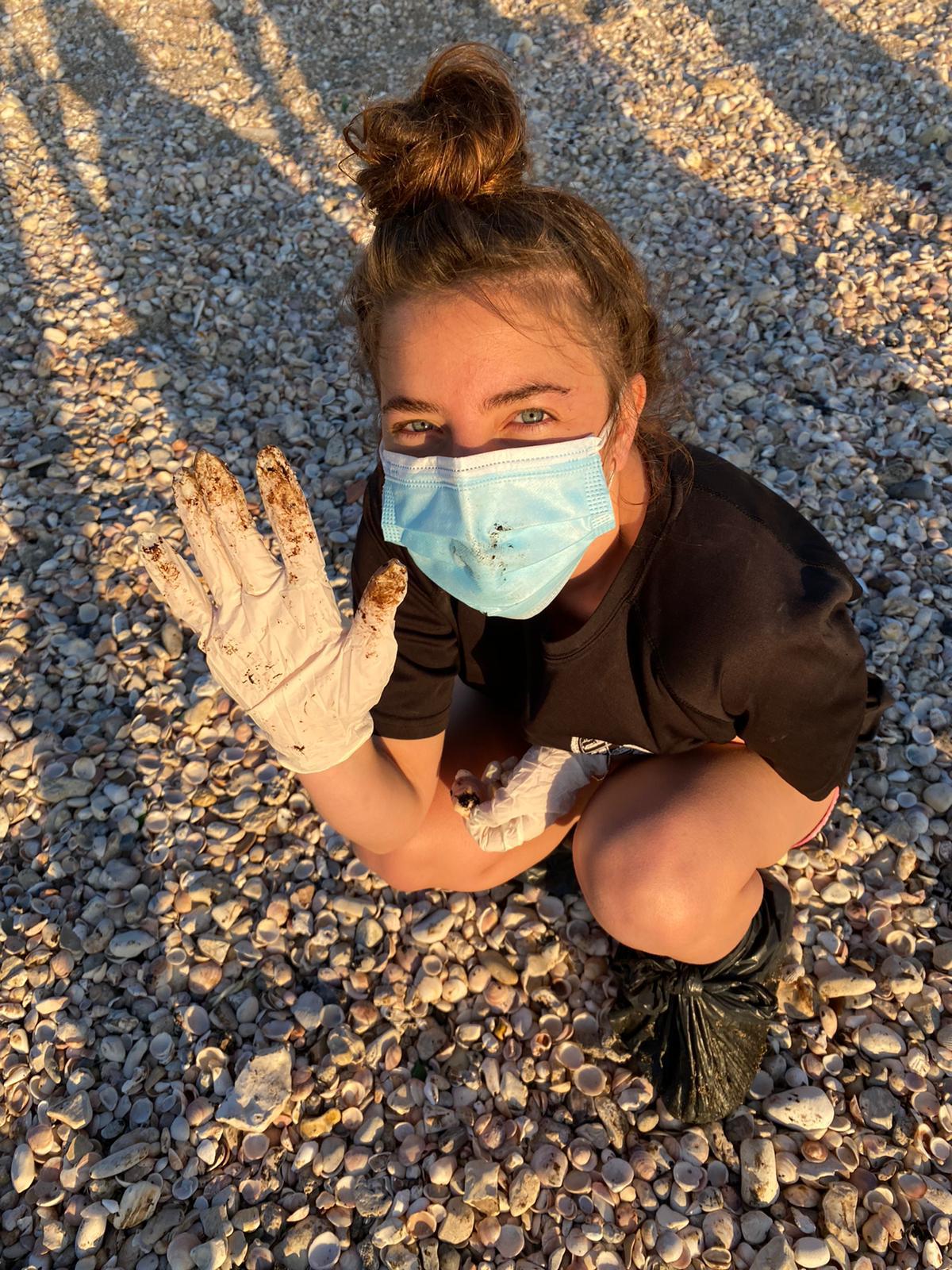
Are cleanup volunteers safe?
Chemical Sciences professor Mindy Levine of Ariel University says she applauds the grassroots mobilization but is concerned for volunteers’ exposure to the toxic black tar.
“It releases small molecules of toxins in the air every minute and they’re breathing that in—less so with masks but still a fair amount,” said Levine, who was part of the Gulf of Mexico Research Alliance that studied the 2010 Deepwater Horizon oil spill.
“Within a few weeks, most of the tar will be physically removed or degraded by the atmosphere or sunk deep into the sand where we won’t see it anymore,” she said. “But when the visible cleanup efforts are done, tar sunk into the soil will keep slowly releasing toxins. So people will need to be careful for a long time about going to the beach,” she warned.
“The bottom line is to use common sense. If you can smell the tar, you’re still breathing it in.”
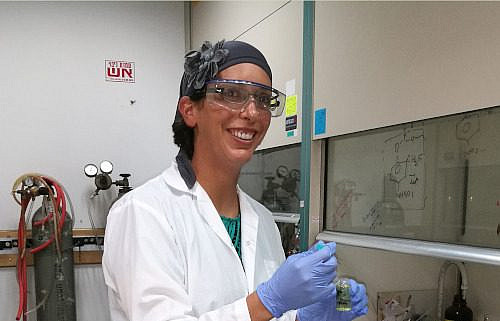
For now, volunteers are needed because local authorities bear responsibility for environmental cleanups on their shores. They depend on nonprofit organizations and the INPA to help them.
The EcoOcean NGO led the logistic feat of handing the 11,000 volunteers mentioned above and provided 250 trained volunteers to 22 coastal municipalities. EcoOcean is working with each one to coordinate volunteer training and deployment, according to EcoOcean Director Arik Rosenblum.
“All the NGOs are helping and sending people. We’re leading this effort with the cooperation and approval of the Ministry of Environmental Protection,” said Rosenblum.
He explains that the ministry is “fighting with one hand tied behind its back because it does not have the funding, staffing or authority to fully take control of this tier 2B national oil spill crisis, one level below the Gulf of Mexico spill.”
Oil-eating bacteria
Levine applauds Israel’s decision not to use chemical dispersants, which were used in the Gulf of Mexico disaster before it was known how harmful they’d be.
“The best answer to the problem is not to do anything chemically,” she said. “There are cool bacteria whose job is to eat oil. They get recruited by the ecosystem and they work pretty quickly in a way that does not disturb the ecosystem.”
Levine and other experts say Israel also could have mitigated the disaster by skimming as much oil as possible from the water before it reached the shore in the form of sticky tar.
She shows children in her science camps how to do this on a small scale.
“I give them a cotton ball that they put in a nylon stocking and that’s shockingly good at absorbing oil from water. You can do this on a larger scale using skimmers or booms,” she said.
EcoOcean has made its research vessel available to the Environmental Protection Ministry to scan the coast with a special sensor to identify oil still in the water.
Rosenblum, however, says the success rate of capturing oil at sea is only 10 to 15 percent. Had there not been a storm on Feb. 17, he adds, the best tactic may have been to direct the spill to sandy beaches so that the tar wouldn’t have hit rocky terrain and other hard-to-clean areas.
Mobilizing for the future
Ben-Gurion University of the Negev has launched an initiative aimed at accelerating research to better handle oil spills.
The new Beach Pollution Research Task Force was formed by chemistry professor Raz Jelinek, the university’s vice president of research and development.
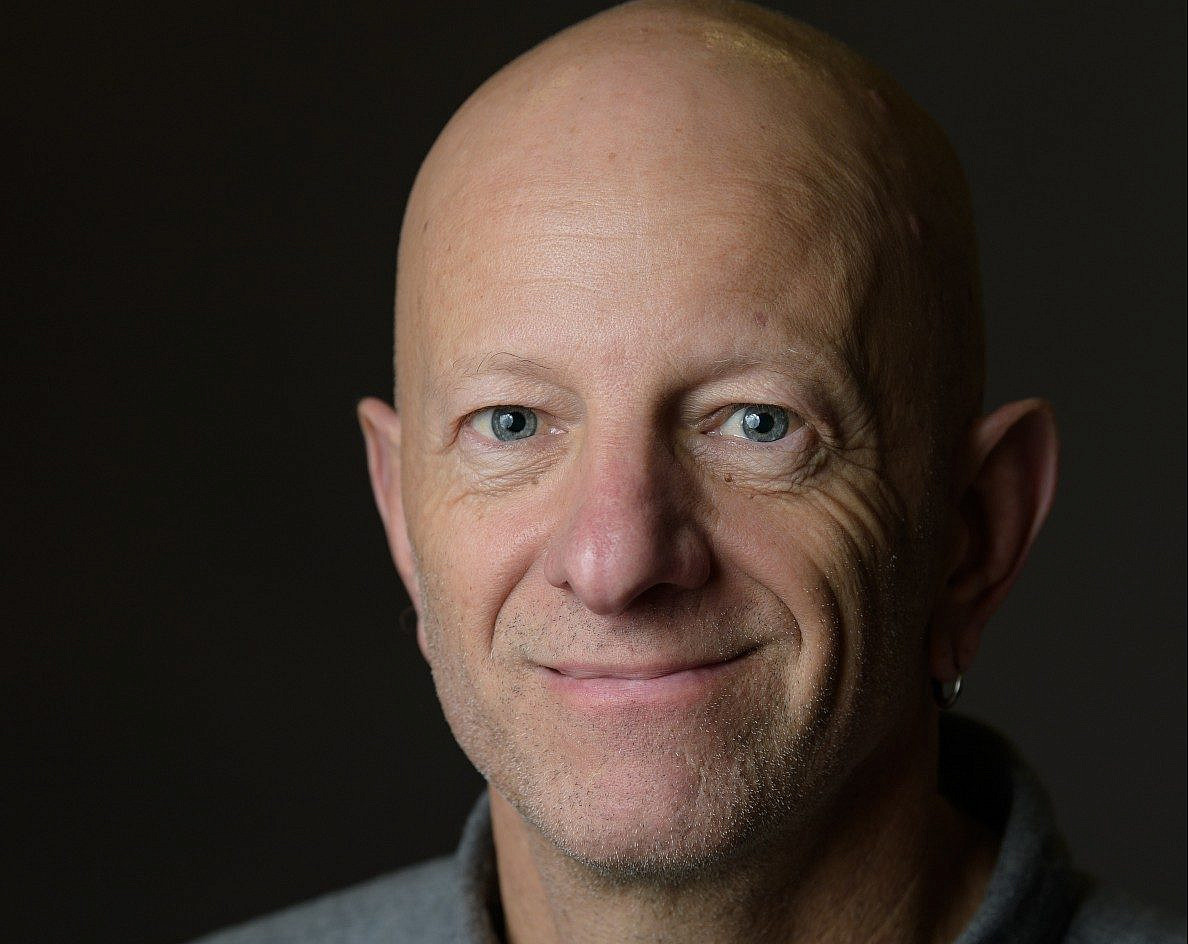
“We wanted to develop a very quick program of financial support for university researchers who can offer solutions for this disaster,” said Jelinek.
The focus is on technologies for fast uptake of tar from water and beach, monitoring systems for offshore natural-gas wells, and early-warning systems for future oil spills.
“The key is fast action and there are a lot of capabilities at BGU that can be exploited for addressing this disaster. We may be able to match individual researchers with similar methodologies so the whole is bigger than the sum of its parts,” he said.
“In many cases in academia, there are excellent solutions out there, but people don’t know they exist. And when a disaster happens you realize there’s a lot of interesting things going on that just need to see the light of day and that’s what we want to do.”
Indeed, says Ariel University’s Levine, “There is potential for innovation in detecting situations that lead to these kinds of disasters.”
“The answer to everything is more detection,” she says. “What Israel can and should do is a robust regulation effort around this to regularly monitor air quality and soil on the beaches.”
Rosenblum says EcoOcean is collecting data from universities and research centers to send to the Environmental Protection Ministry. “And we hope to convene a conference of nonprofits, government agencies and the business community to think what we could do better. We must utilize the brainpower of this country.”
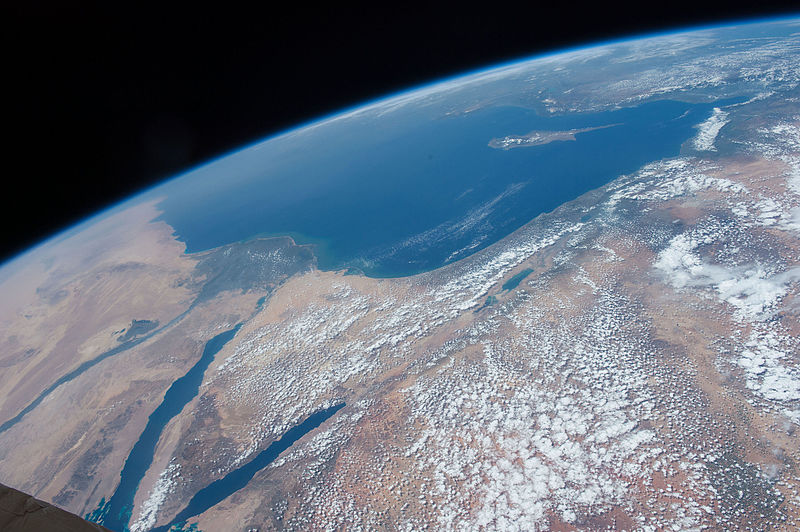
Increased awareness
This week, Environmental Protection Minister Gila Gamliel announced the allocation of $13.7 million to assist cleanup and wildlife rescue efforts; to transport and treat the waste tar; to survey and document the scope of the damage; to evaluate innovative materials to repair the coastal and maritime environment including their biodiversity; and to improve treatment and response in similar future events.
An early-warning system is crucial in avoiding future events, experts agree.

Ilana Berman-Frank, director of the Leon H. Charney School of Marine Sciences at the University of Haifa, said European satellites detected oil on the sea’s surface long before Israel learned of the spill about 31 miles from its shores.
“We must be able to identify spills immediately by forecasting and monitoring the situation, in parallel,” said Berman-Frank. Techniques could include satellites and remote-sensing gliders and buoys.
“Once the oil has reached the shore, dealing with the damage is too late. And unless we act, this will happen again,” she warned. “The Eastern Mediterranean is one of the most used shipping routes so is more prone to such disasters.”
Although the spill likely came from a passing vessel, Zalul CEO Jacobs and SPNI CEO Hann say stricter regulation and enforcement is needed for gas and oil rigs already operating off Israel’s coast and those in the planning stages.
“The most optimistic thing would be if the government would create a regional emergency [authority] managed by the oil companies for all the offshore drilling in Egypt, Israel and Turkey,” said Jacobs.
“For many years, we have been talking about how Israel is not prepared to deal with an emergency like this, and now, hopefully, the awareness and understanding will grow. Maybe now people will listen and standards will change.”
Meanwhile, said Hann, tar continues to wash ashore. “It’s going to take several months, or even years, to repair all the damage and make sure our beaches are 100 percent safe and clean again,” she said.
This article was first published by Israel21c.


























